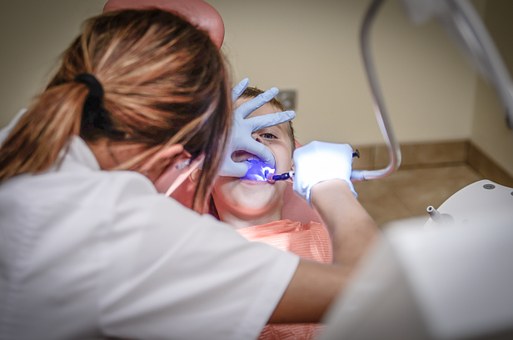Invisalign has become a popular solution for people looking to straighten their teeth without the inconvenience of traditional metal braces. Its clear aligners are comfortable, removable, and discreet, making it a go-to choice for teens and adults alike. But beyond simply straightening crooked teeth, Invisalign can address a range of Invisalign bite problems that, if left untreated, could lead to oral health complications. Let’s explore some common bite issues Invisalign can fix—and when more advanced treatment might be necessary.
Overbite
An overbite occurs when the upper front teeth overlap the lower front teeth too much. A slight overbite is normal, but when it’s excessive, it can lead to jaw pain, uneven tooth wear, and even speech issues. Invisalign can effectively correct mild to moderate overbites by gradually moving the teeth into proper alignment. However, in severe cases, especially when the jaw itself is misaligned, more complex orthodontic solutions or even jaw surgery may be required.
Underbite
An underbite happens when the lower front teeth sit in front of the upper front teeth. This can cause difficulties with chewing and speaking, as well as uneven tooth wear. Invisalign can fix mild underbites by shifting the lower teeth back and the upper teeth forward to create a balanced bite. For more serious underbites, especially those caused by skeletal issues, additional orthodontic appliances or surgical intervention might be necessary.
Crossbite
A crossbite occurs when some upper teeth sit inside the lower teeth rather than outside. This misalignment can cause tooth chipping, gum recession, and jaw discomfort. Invisalign can usually correct mild to moderate crossbites by guiding the teeth into the correct position. Severe cases might need a combination of Invisalign and other orthodontic tools to achieve the best results.
Open Bite
An open bite is when the upper and lower teeth don’t touch when the mouth is closed, often leaving a noticeable gap. This can lead to chewing difficulties and speech problems. Invisalign can close small to moderate open bites, but if the issue is linked to jawbone positioning or habits like thumb-sucking, more comprehensive orthodontic care might be needed.
When Invisalign May Not Be Enough
While Invisalign is highly effective for many bite issues, it does have its limits. Severe bite misalignments, significant jaw discrepancies, or cases requiring major tooth movement may need traditional braces, additional orthodontic appliances, or even surgical correction. Consulting with an experienced Invisalign provider is key to determining whether Invisalign is right for you or if more involved treatment is necessary.
Invisalign offers a convenient and modern way to address many bite concerns, but understanding its capabilities and limitations will help you make an informed choice about your dental care.


